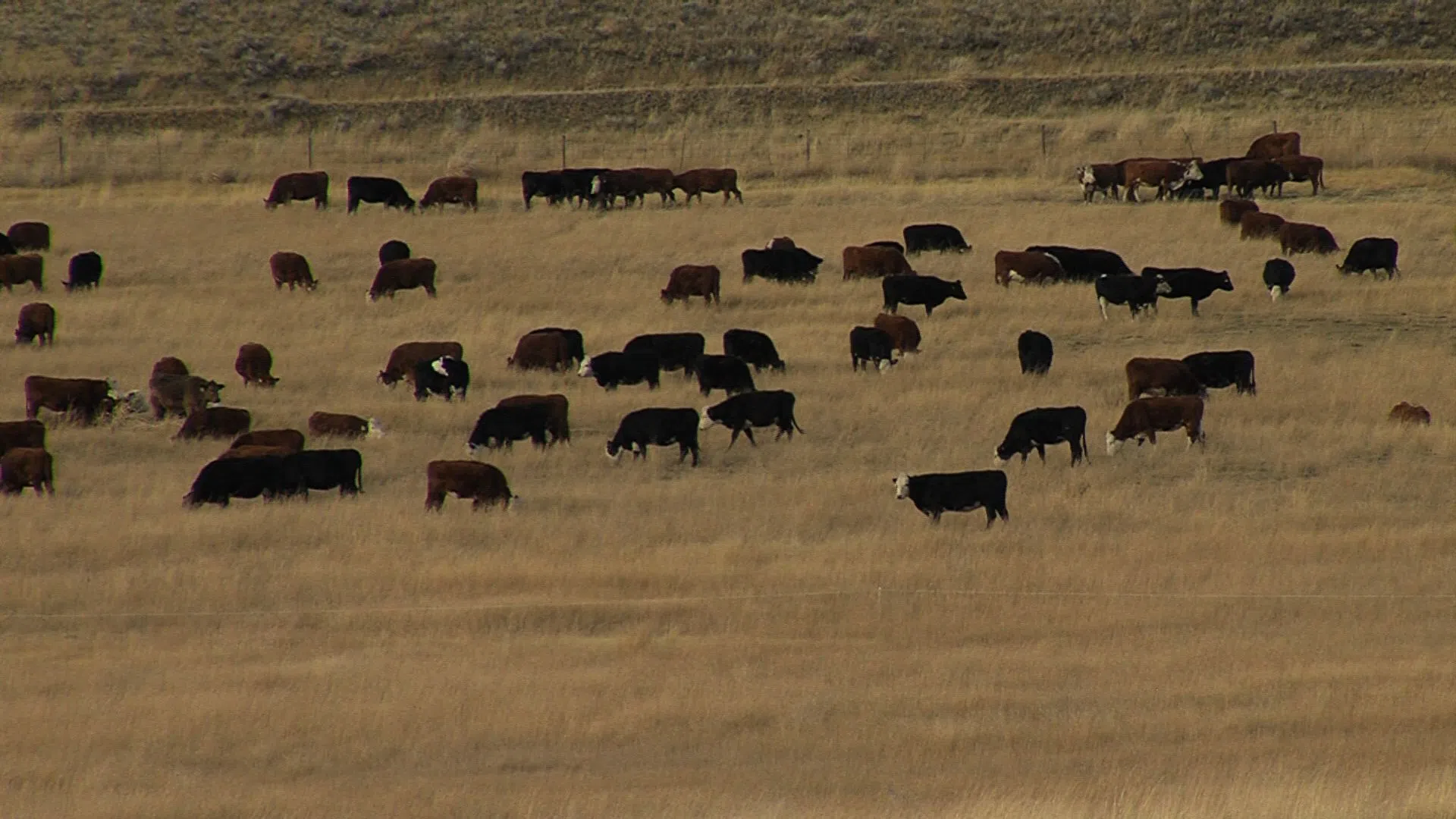
BC Cattlemen’s Association looking for long-term livestock placements
KAMLOOPS — Five days after the province declared a state of emergency in response to massive wildfires in the B.C. Interior, thousands of cattle still roam in affected regions.
Some livestock have found temporary homes while the wildfires rage on.
The BC Cattlemen’s Association is now concerned about what happens once the fires are out.


